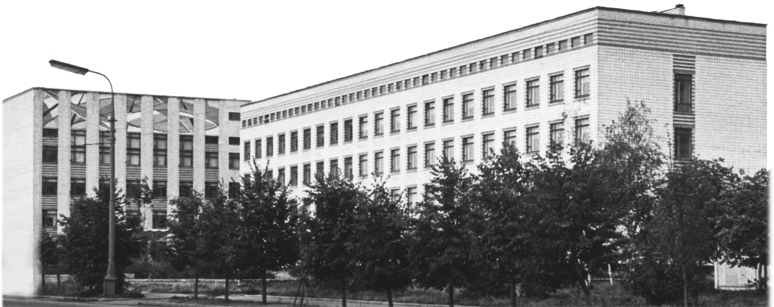Scientific interests:
– organometallic reactions induced by electron transfer;
– molecular rearrangements of organometallic compounds;
– chemistry of transition metal σ and π-complexes;
– metal complex catalysis.
Scientific achievements:
• Metallotropic rearrangements of a new type were found for the 18-electron fused arene (indenyl, fluorenyl, indeno[2,1-a]indenyl) transition metal complexes, which consist in inter-ring migrations of the metal-containing groups along the plane of the π-electron system. It was shown that the same inter-ring haptotropic rearrangements can be induced by electron transfer; for example, in the 19-electron iron fluorenyl complexes, they proceed considerably faster than in the 18-electron precursors.
• A novel method for the synthesis of transition metal σ-1-alkynyl derivatives was developed based on the nucleophilic substitution of the halogen atom in 1-haloalkynes by carbonylmetallate anions.
• A novel approach to the catalysis of electrochemical proton reduction to molecular hydrogen was proposed based on the formation and reductive activation of the C-H bonds, rather than the M-H bonds as in the earlier described approaches. The catalytic cycle involves protonation of the 18-electron catalyst (for the present time, this was shown for the η1-(σ,π)-vinylidene, allenylidene, and η1-σ-ethynyl complexes) at the Cβ-atom of the ligand, reduction of the protonated form to the 19-electron radical followed by fast homolysis of the Cβ-H bond to yield hydrogen and to regenerate the catalyst. This approach can be extended to transition metal π-complexes.
• It was established that the oxidatively induced homolysis of the Csp3-H bonds in transition metal cyclohexadienyl and cyclopentadiene complexes is a selective method for the synthesis of the corresponding complexes wherein the ligand hapticity has increased by one unit. The homolysis rate of the C-Hexo bond is greater than the homolysis rate of the C-Hendo bond. The application of this approach to the 17-electron platinum and palladium cyclopentadienecyclopentadienyl complexes allowed the laboratory senior researcher, the late O.V. Gusev, to prepare the first representatives of pallado- and platinocenes, i.e., the dicationic bis-cyclopentadienyl platinum and palladium complexes [(h5-C5Ме5)М(h5-C5R5)](PF6)2, M=Pd, R=Me, M=Pt, R=H, Me.
• Procedures were developed for a selective modification of the ligands surroundings in the transition metal organometallic complexes via an electron transfer induced reaction, including:
– an oxidative dehydrodimerization of manganese and rhenium phenylvinylidenes (h5-C5H5)(CO)2M=C=CHPh into the corresponding divinylidene complexes (h5-C5H5)(CO)2M=C=C(Ph)-C(Ph)=C=M(CO)2(h5-C5H5) (M=Mn, Re);
– a novel method for the synthesis of the asymmetric iron sandwich complexes by the replacement of the arene ligand in the 19-electron complex Fe(h5-C5H5)(h6-C6H6);
— the synthesis of novel dihydrofuran-2,5-diylidene complexes by oxidatively induced addition of water to the manganese and rhenium divinylidene complexes (h5-C5H5)(CO)2M=C=C(Ph)-C(Ph)=C=M (CO)2(h5-C5H5) (M = Mn, Re);
Publications: A total of 132 papers and reviews in Russian and international scientific journals.


